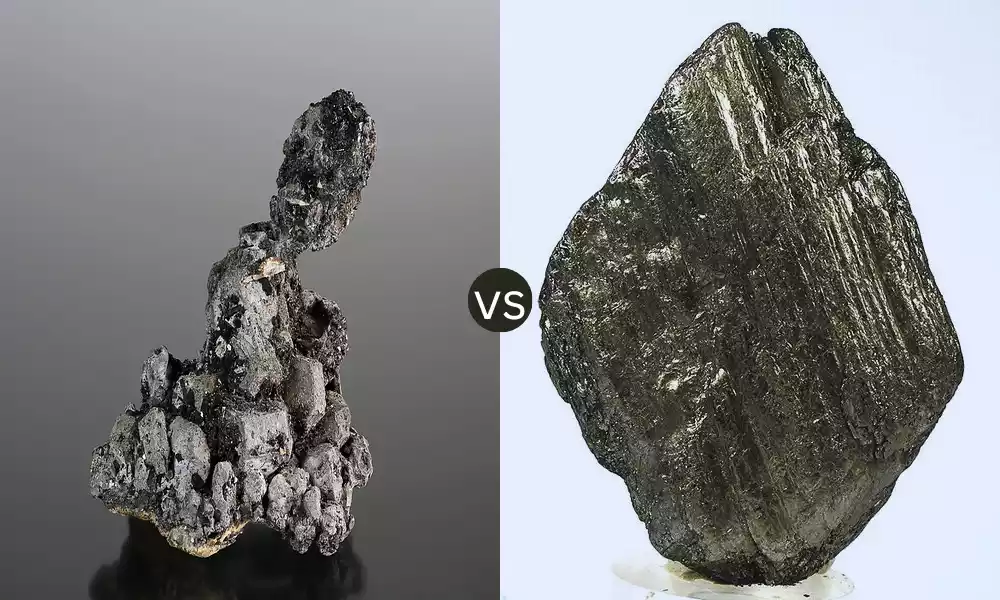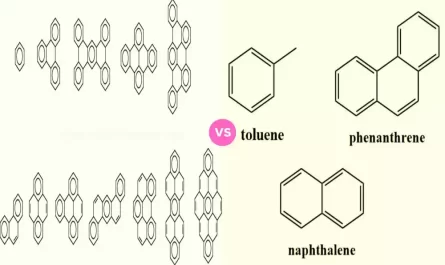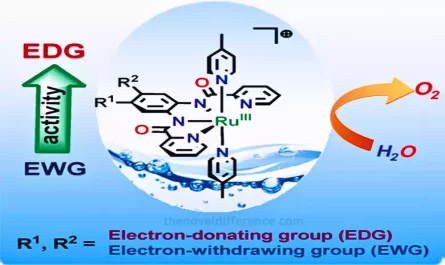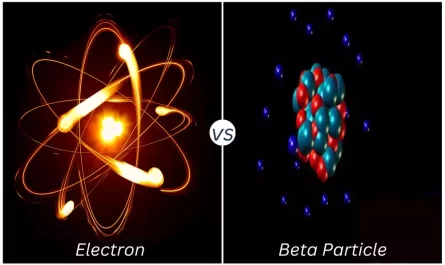Brief Overview of Graphite and Lead
Graphite can be described as a naturally occurring carbon form that has a crystal structure and the appearance of a slippery texture. This carbon allotrope is well-known for its superior conductivity and can be used in a variety of applications, in the field of writing to fluids.
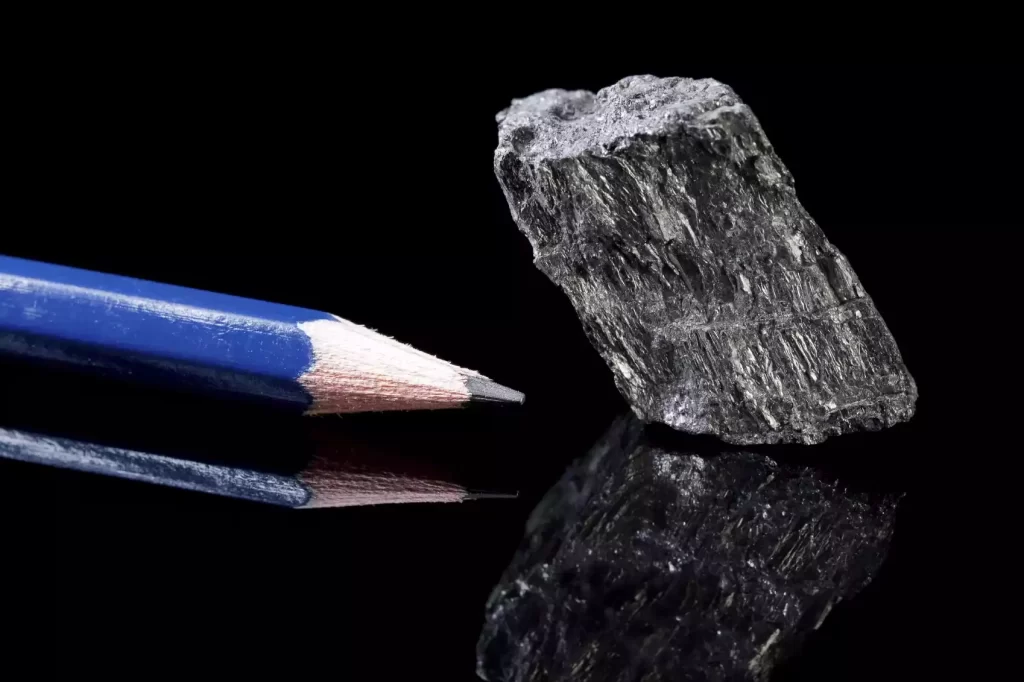
lead is an extremely soft, heavy metal, with a chemical symbol called Pb (from the Latin “plumbum”). It was used for centuries in a variety of applications, including pipes as well as paint and batteries. Due to its malleability as well as resistance to corrosion, it was a popular metal throughout the ancient world.
Graphite and Lead in the Comparison Chart
| Aspect | Graphite | Lead |
|---|---|---|
| Nature | Allotrope of carbon | Heavy, soft metal |
| Appearance | Black or dark gray | Bluish-white when fresh; tarnishes to dull gray |
| Texture | Slippery due to layered structure | Soft and malleable |
| Conductivity | Good conductor of electricity | Fair conductor of electricity |
| Reactivity | Stable and inert in most conditions | Reacts slowly with oxygen; soluble salts can be toxic |
| Uses | Pencils, lubricants, batteries, brake linings | Batteries, radiation shields, solder, ancient pipes, and paint |
| Health Implications | Minimal risks; graphite dust can be an inhalation hazard in certain occupations | Toxic; exposure can lead to lead poisoning, especially harmful to children and pregnant women |
Importance of Understanding the Distinction
There are a variety of reasons it’s important to differentiate between lead and graphite:
- Historical Untruth: The genesis of the phrase “pencil lead” traces back to when a substantial amount of graphite was found at Borrowdale, England, in the 16th century. It was believed to be a variant of lead and hence known as “plumbago” (Latin for “lead ore”). The name stuck until it was found as graphite. This misnomer caused the misperception that pencils are made of lead but this isn’t the case.
- Safety and Safety Impacts: Lead is a poisonous substance. Exposure to lead can cause serious negative health effects, especially for children. Lead poisoning symptoms include the development of a delay in learning, difficulties with learning in children, irritability, and fatigue. If someone believes that pencils are made of lead, they could be prone to worrying about lead poisoning resulting from pencil usage or omit possible sources of exposure to lead in their surroundings.
- Environmental and Regulation Context: A number of nations have placed restrictions on the usage of lead, particularly in toys and household items due to its harmful nature. Understanding that lead and graphite are two different substances, manufacturers regulators, consumers, and manufacturers can make educated decisions regarding product safety and conformity.
- Informal Usage in Different Applications: Graphite and lead possess unique characteristics that make them appropriate for certain uses. For instance, graphite’s conductivity is a good choice for use in electronic batteries and other applications. On the other hand, lead because of its high density and radiation shielding capabilities, is employed in nuclear medicine and medical imaging applications. The wrong understanding of the properties and functions of the two can result in inadequate or unproductive applications.
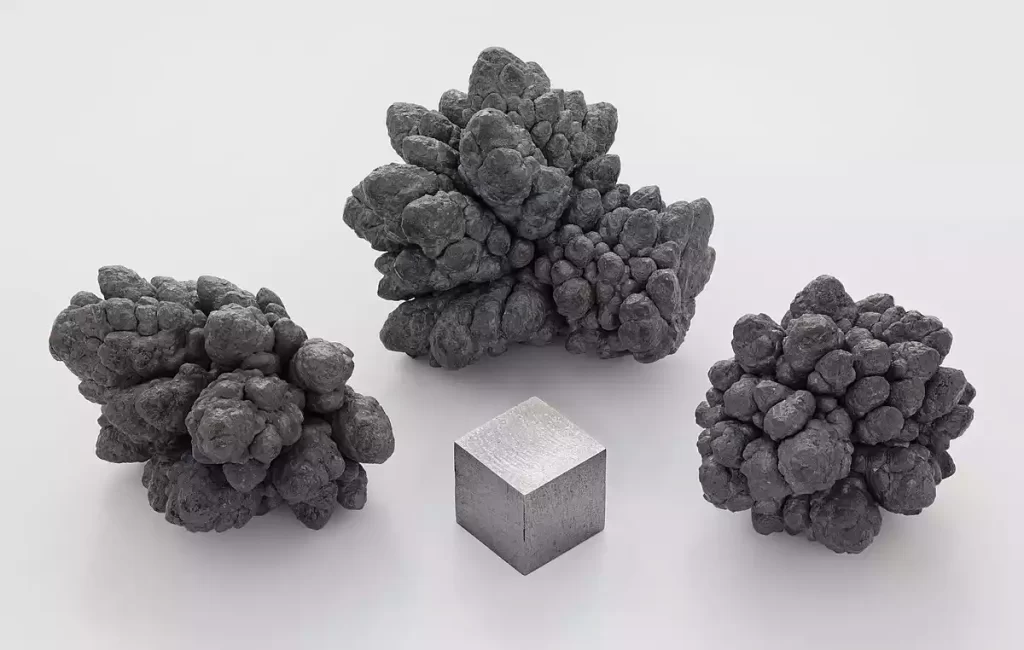
Although the terms graphite and lead are often connected, they refer to completely different substances that have distinct properties and uses. Understanding the difference is vital to ensure accuracy in the past as well as health and safety considerations environmental aspects, as well as the proper use in different industries.
Historical Background
The reason for the confusion of graphite and lead goes back hundreds of years. When graphite first came to light in England in the period of 16th-century, possible applications were not immediately apparent.
It was initially believed that the locals found a smudge of lead and, as a result, called it “plumbago” (Latin meaning “lead ore”). The name is due to the similar appearance of graphite and lead.
Then, as a result of the resurgence of graphite pencils, the erroneous term “pencil lead” was born. Despite advances in technology, however, the word has remained in use and perpetuated the myth in popular culture.
Basic Definitions
- Graphite: Graphite is a naturally occurring form of carbon crystalline. It is part of the hexagonal crystal system and is usually located in metamorphic rocks. Its layering structure is what gives it its distinctive properties.
- Lead: Lead The chemical element Lead has its symbol, Pb (from the Latin “plumbum”), and atomic code 82. It is a heavy metal that has been used by humans for many thousands of years for various applications.
Physical Properties
Physical Properties of Graphite and Lead
Both lead and graphite have distinct physical properties that impact their use in a variety of applications. Although they seem similar to the untrained eye understanding the physical differences is vital in separating them from each other, and using the right way.
Graphite:
-
-
- Color and Luster: Graphite generally appears as dark gray or black. It is metallic in appearance, making it appear shiny under some lighting.
- The texture and feel: Because of its planar, layered structure, graphite gives off the appearance of a slippery. The carbon atoms that make up graphite are able to slide over one another and that’s why it creates marks on paper when it is used in pencils.
- Density: Graphite can be considered to be small in density when compared to other forms of carbon, including diamond.
- Conductivity: Graphite can be a great conductor of electricity. Conductivity is a result of free electrons that allow electrons to move between carbon layers.
- Crystal Structure: Graphite has a hexagonal structure in its crystal. The carbon atoms that compose graphite are placed in two-dimensional flat planes, with weak bonds connecting the planes.
- Strongness and Durability: Despite its slippery feeling graphite is fairly sturdy. Its hardness, however, is low and it is easily broken on its planes due to its fragile van the Waals forces that hold the layers.
-
Lead (Pb):
-
-
- Luster and Color: Freshly cut lead is blue-white. But, when exposed to humid air it turns dull gray because of the creation of an oxide protective layer. It is metallic in appearance.
- Texture and Feel: Lead is malleable and soft. It is able to be bent, shaped, and cut, which has made it a popular material for a variety of applications, like in pipes.
- Density: It is an extremely heavy element, which makes it among the most dense elements. Its high density is the reason it’s a great barrier against radiation.
- Conductivity: Conductivity: Lead is able to conduct electric current, however, its conductivity is lower than those of copper-containing metals or graphite.
- Crystal Structure: It has a facial-centered cubic (FCC) Crystal structure that contributes to its flexibility.
- Strength and hardness: Lead is soft. In the Mohs scale of mineral hardness, the value is around 1.5 which makes it one of the metals with the lowest hardness.
-
While lead and graphite might share a few superficial resemblances, like their colors and lusters they have distinct physical characteristics that set them apart. The differences in their texture conductivity, density along with their crystal structure, play crucial factors in determining their compatibility for specific uses.
Chemical Properties
Graphite:
- Stability: Graphite is relatively stable and inert in most environmental conditions.
- Reactivity: In specific high-temperature scenarios, it can react with certain substances.
- Use in Nuclear Reactions: Due to its ability to slow down neutrons, graphite serves as a moderator in nuclear reactors.
Lead:
- Reactivity: Lead reacts slowly with oxygen in the air, forming a protective layer of lead oxide which prevents further oxidation.
- Solubility: Some of its salts, like lead acetate, are soluble and toxic.
- Corrosion Resistance: Lead is notably resistant to corrosion, which explains its historical use in pipes.
Common Uses
Graphite:
- Pencils: The most commonly known use, erroneously referred to as “pencil lead.”
- Lubricants: Its slippery nature makes it ideal for certain lubrication applications.
- Batteries: Used in certain types of alkaline and lithium-ion batteries.
- Brake linings: Incorporated for its heat dissipation properties.
Lead:
- Batteries: The primary use today is in lead-acid batteries.
- Radiation Shields: Due to its high density, lead effectively blocks radiation, finding use in X-ray aprons and nuclear radiation shields.
- Solder: Historically, lead was a primary component of soldiers.
- Paint: Previously used in paints to expedite drying, increase durability, and resist moisture.
Health and Environmental Concerns
While lead and graphite are both natural substances, their effects on the health of people and the environment vary greatly. Understanding the implications of these substances is crucial to both personal and social health, particularly in regions in which exposure risks are greater.
- Graphite:
Toxicity and Health Impacts:
- general toxicity: Graphite typically is considered to be non-toxic and poses no health risks directly to humans when inhaled or in contact with skin.
- Respiratory Health Concerns: Inhalation of graphite dust, especially in industrial environments like mines or processing plants, could pose health hazards. Long-term exposure can lead to chronic respiratory issues. Fine graphite particles may settle within the lung, which can lead to diseases such as graphite pneumoconiosis.
Environmental Concerns:
- Mining impact: Graphite mining can cause environmental damage when not properly managed. It could result in the destruction of habitats, soil erosion, and water pollution.
- Water Usage: Graphite processing typically requires large quantities of water. Poor or inefficient wastewater management could harm local water resources and ecosystems.
- Carbon Footprint: Although graphite is carbon in nature, however, the processing, mining, and transportation operations related to its commercial use can contribute to greenhouse gas emissions.
- Lead:
Toxicity and Health Impacts:
- General Toxicity: It is one of the heavy elements that can be harmful to humans, especially to children. Even very low levels of lead exposure can cause harm.
- Neurological Effects: Exposure to lead can adversely affect the development of children’s brains and lead to learning impairments reduced intelligence, as well as behavior problems.
- Physical health: Exposure to radiation can trigger a range of signs that include headache, fatigue and abdominal anxiety, depression of memory, and many more. Exposure for long periods can lead to serious conditions such as anemia, neuropathy, and fertility issues.
- Chronic poisoning: A high level of exposure to lead can cause lead poisoning, which could be fatal.
Environmental Concerns:
- Soil and water contamination: Lead can leach into groundwater and soil and pose a risk to aquatic and terrestrial life. Plants are able to absorb lead, thereby entering the food chain and impacting the health of a variety of organisms.
- Air Pollution: In the past using leaded gasoline led to massive atmospheric lead pollution. While it has been phased out in several nations, residuals are left in soils and could be re-airborne under certain conditions.
- wildlife impact: Lead ingestion can cause death to a variety of animals. Waterfowl, in particular, typically consume lead-based shots or weights for fishing with lead and can be poisoned. Lead from the environment can alter ecosystems because it impacts the animals’ reproductive and neurological systems.
- Permanentity in the environment: Lead does not decay, so once dispersed into nature, it persists forever. As time passes, lead can be a part of ecosystems, increasing the negative impacts.
While graphite can cause environmental issues primarily related to its extraction as well as processing the health risks are minimal. Lead, however, poses serious health risks when exposed and can have a significant impact on the environment.
The awareness of the negative effects highlights the necessity of proper handling, usage, and disposal of items containing these substances, and the importance of switching to safer alternatives when it is possible.
Conclusion
The distinctions between graphite and lead are clear when one examines their physical and chemical properties, uses, and impacts on health and the environment. While they might have been confused historically, understanding the differences is crucial in today’s world, especially given the potential health hazards associated with lead.
It’s a reminder of the importance of using terms correctly and ensuring that historical misconceptions don’t cloud our understanding of the substances that surround us.

